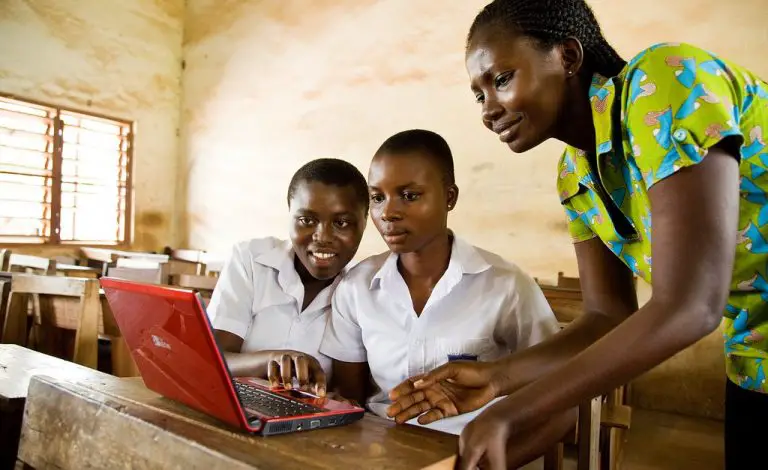The Fibre Before the Fibre Project, a solar-powered, wireless broadband internet connection for South African schoolkids living in informal settlements, is being tested by two UK institutions. The two-year ‘Fibre Before the Fibre Project’ focuses on low-cost, long-range, high-speed wireless optical communication systems for areas without existing fibre infrastructure. A wireless communication system created at the University of Glasgow employs off-the-shelf components to connect anchor locations, such as schools, through a wireless optical line-of-site signal to neighbouring fibre sources in affluent neighbourhoods located just a few kilometres away.
Also Read: The City of Johannesburg energy mix strategy to increase gas and solar capacity
Providing Wireless Internet For Informal Schools
Dr Mitchell Cox of the University of the Witwatersrand in Johannesburg, South Africa, is the lead investigator, with co-investigators Professor Martin Lavery of the University of Glasgow, Professor Andrew Ellis of Aston University, and Professor Andrew Forbes, also of the University of the Witwatersrand, who came up with the concept five years ago. Researchers from the University of the Witwatersrand’s School of Electrical and Information Engineering have devised an off-grid energy system that can power entire towns using a combination of solar panels and batteries. These pieces, when combined, will be able to provide a connection for informal settlements and will be tested for the first time in the next six months at two locations near Johannesburg.
Professor Lavery of the James Watt School of Engineering at the University of Glasgow noted that fibre optic lines are still too expensive to build and maintain, particularly in isolated or poor areas. This is especially true on the African continent, where optical fibre connection is mostly limited to more affluent regions, and just 4% of the world’s population has access to the internet.
According to him, the Fibre before Fibre project’s goal was to use breakthroughs in photonics to eliminate the costly cable infrastructure, allowing for more cheap high-speed broadband lines over free space. In regions of South Africa, where there is a large peri-urban digital divide (where there is a mix of rural and urban communities), children have been without basic internet access for years. Professor Ellis, deputy director of the Aston Institute of Photonics Technology (AiPT), claimed that they would be looking at the items for a year after they were installed in the schools to determine what benefits they would have.
The Royal Academy of Engineering in the United Kingdom has contributed £80,000 to the Wireless Internet For Informal Schools project, with most of the funds going to South Africa as the project unfolds in phases. The team is now designing and building a viable prototype, intending to deploy it in 2022 to connect a currently disconnected school to neighbouring conventional fibre infrastructure.

